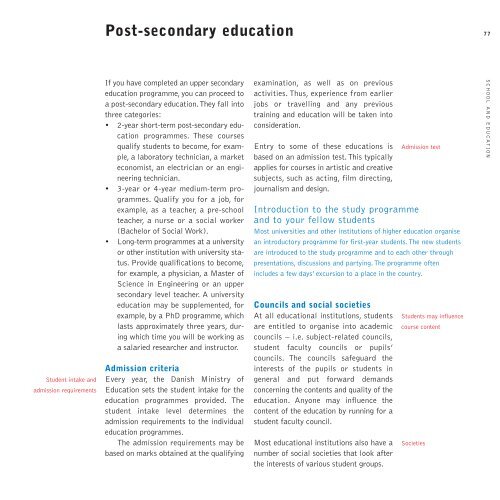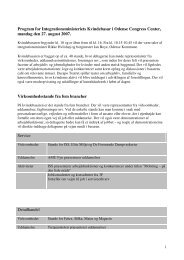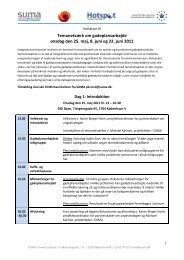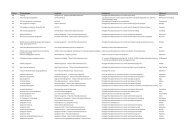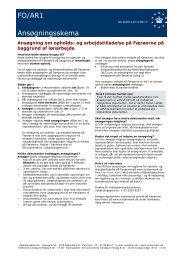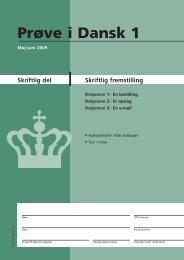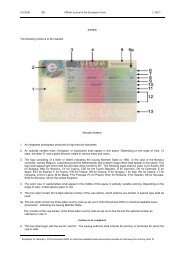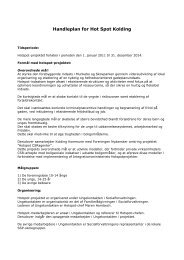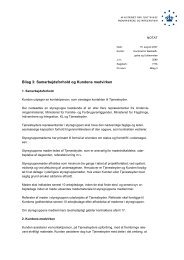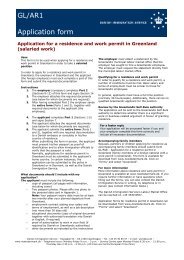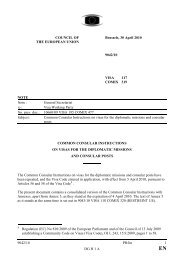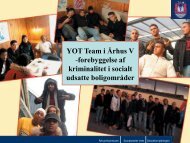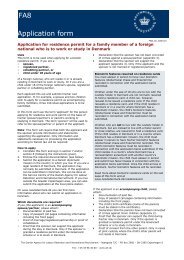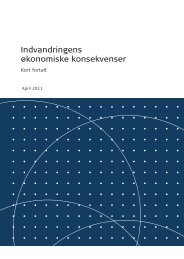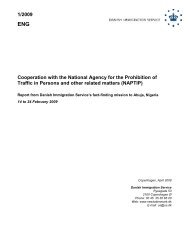medborger_i_danmark_engelsk.pdf - Ny i Danmark
medborger_i_danmark_engelsk.pdf - Ny i Danmark
medborger_i_danmark_engelsk.pdf - Ny i Danmark
- No tags were found...
Create successful ePaper yourself
Turn your PDF publications into a flip-book with our unique Google optimized e-Paper software.
Post-secondary education77Student intake andadmission requirementsIf you have completed an upper secondaryeducation programme, you can proceed toa post-secondary education.They fall intothree categories:• 2-year short-term post-secondary educationprogrammes. These coursesqualify students to become, for example,a laboratory technician, a marketeconomist, an electrician or an engineeringtechnician.• 3-year or 4-year medium-term programmes.Qualify you for a job, forexample, as a teacher, a pre-schoolteacher, a nurse or a social worker(Bachelor of Social Work).• Long-term programmes at a universityor other institution with university status.Provide qualifications to become,for example, a physician, a Master ofScience in Engineering or an uppersecondary level teacher. A universityeducation may be supplemented, forexample, by a PhD programme, whichlasts approximately three years, duringwhich time you will be working asa salaried researcher and instructor.Admission criteriaEvery year, the Danish Ministry ofEducation sets the student intake for theeducation programmes provided. Thestudent intake level determines theadmission requirements to the individualeducation programmes.The admission requirements may bebased on marks obtained at the qualifyingexamination, as well as on previousactivities. Thus, experience from earlierjobs or travelling and any previoustraining and education will be taken intoconsideration.Entry to some of these educations isbased on an admission test.This typicallyapplies for courses in artistic and creativesubjects, such as acting, film directing,journalism and design.Introduction to the study programmeand to your fellow studentsMost universities and other institutions of higher education organisean introductory programme for first-year students.The new studentsare introduced to the study programme and to each other throughpresentations, discussions and partying.The programme oftenincludes a few days’ excursion to a place in the country.Councils and social societiesAt all educational institutions, studentsare entitled to organise into academiccouncils – i.e. subject-related councils,student faculty councils or pupils’councils. The councils safeguard theinterests of the pupils or students ingeneral and put forward demandsconcerning the contents and quality of theeducation. Anyone may influence thecontent of the education by running for astudent faculty council.Most educational institutions also have anumber of social societies that look afterthe interests of various student groups.Admission testStudents may influencecourse contentSocietiesSCHOOL AND EDUCATION


